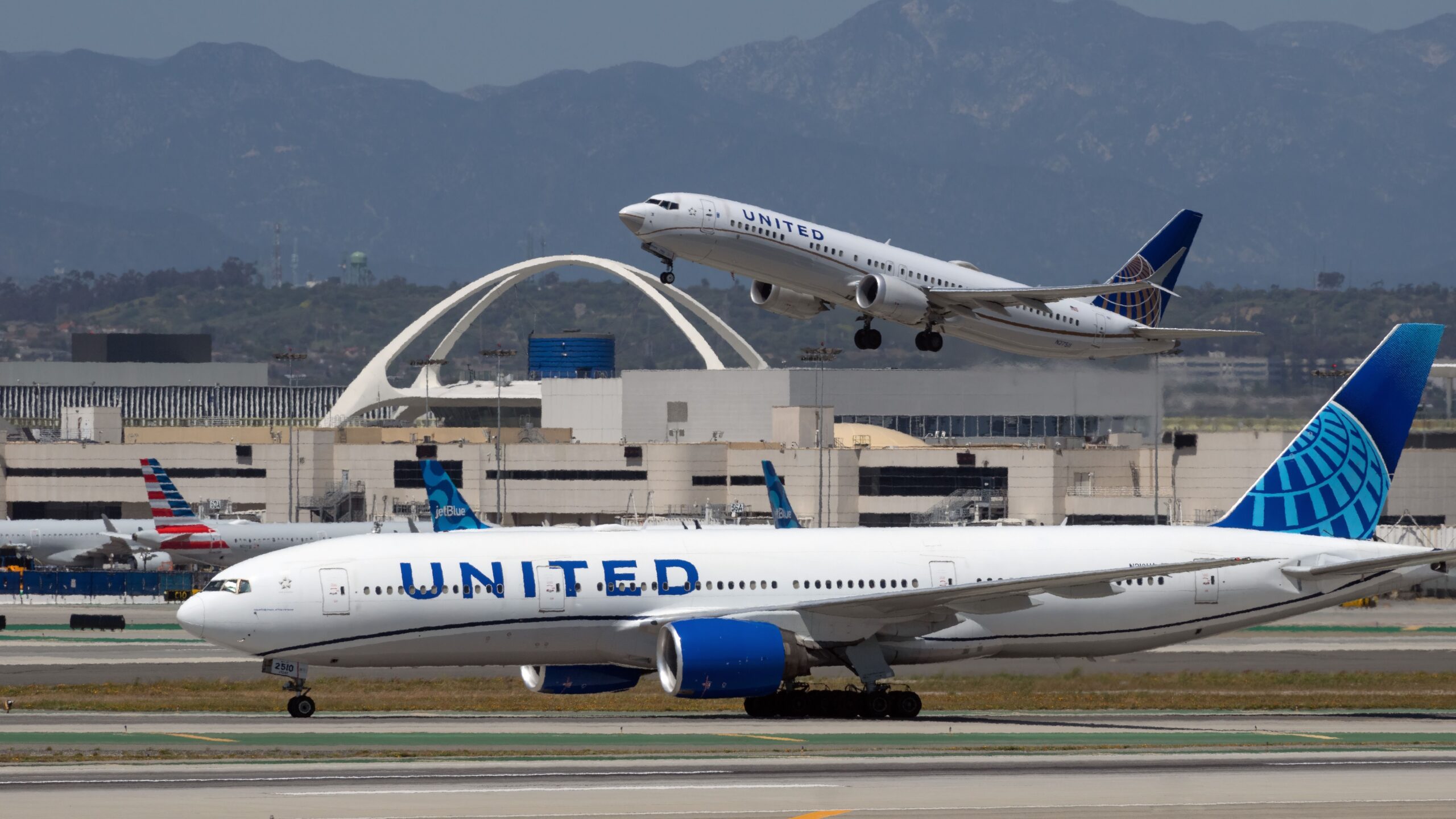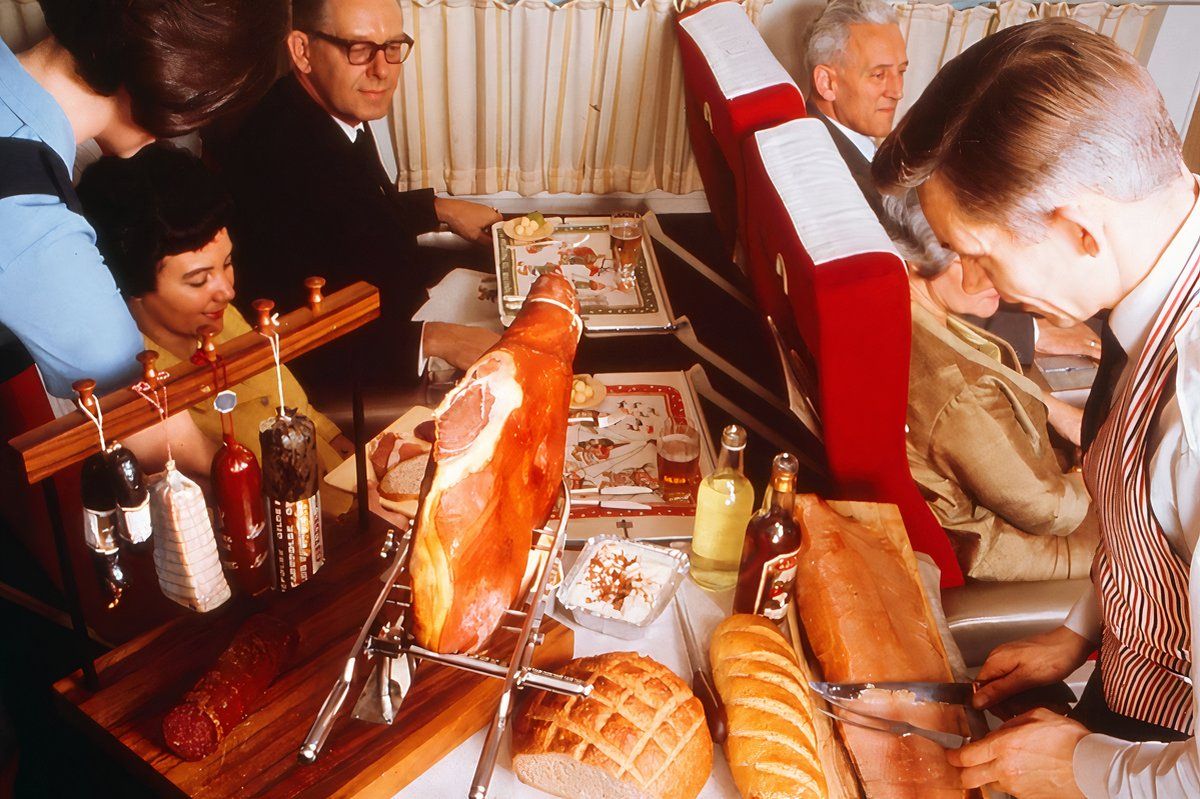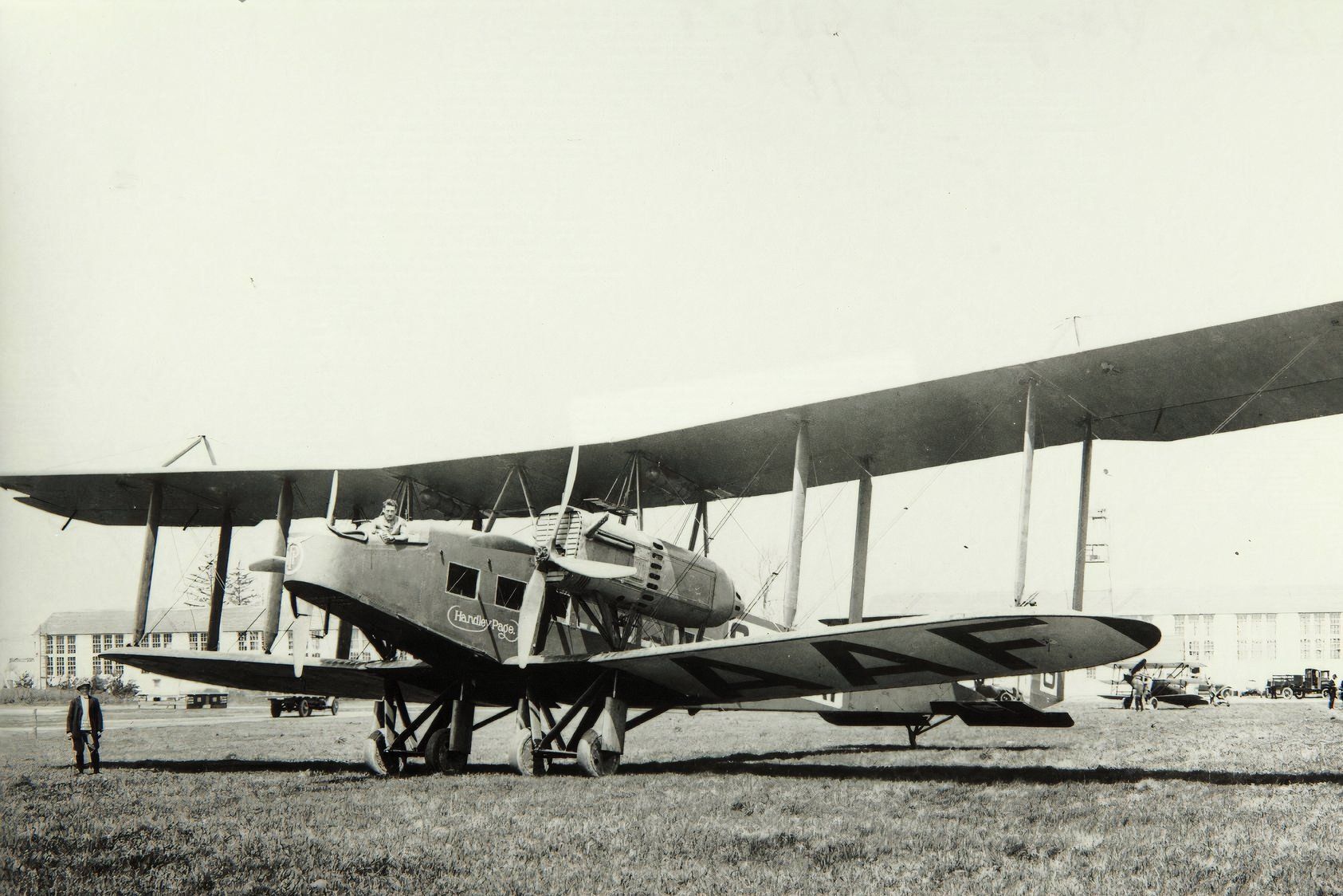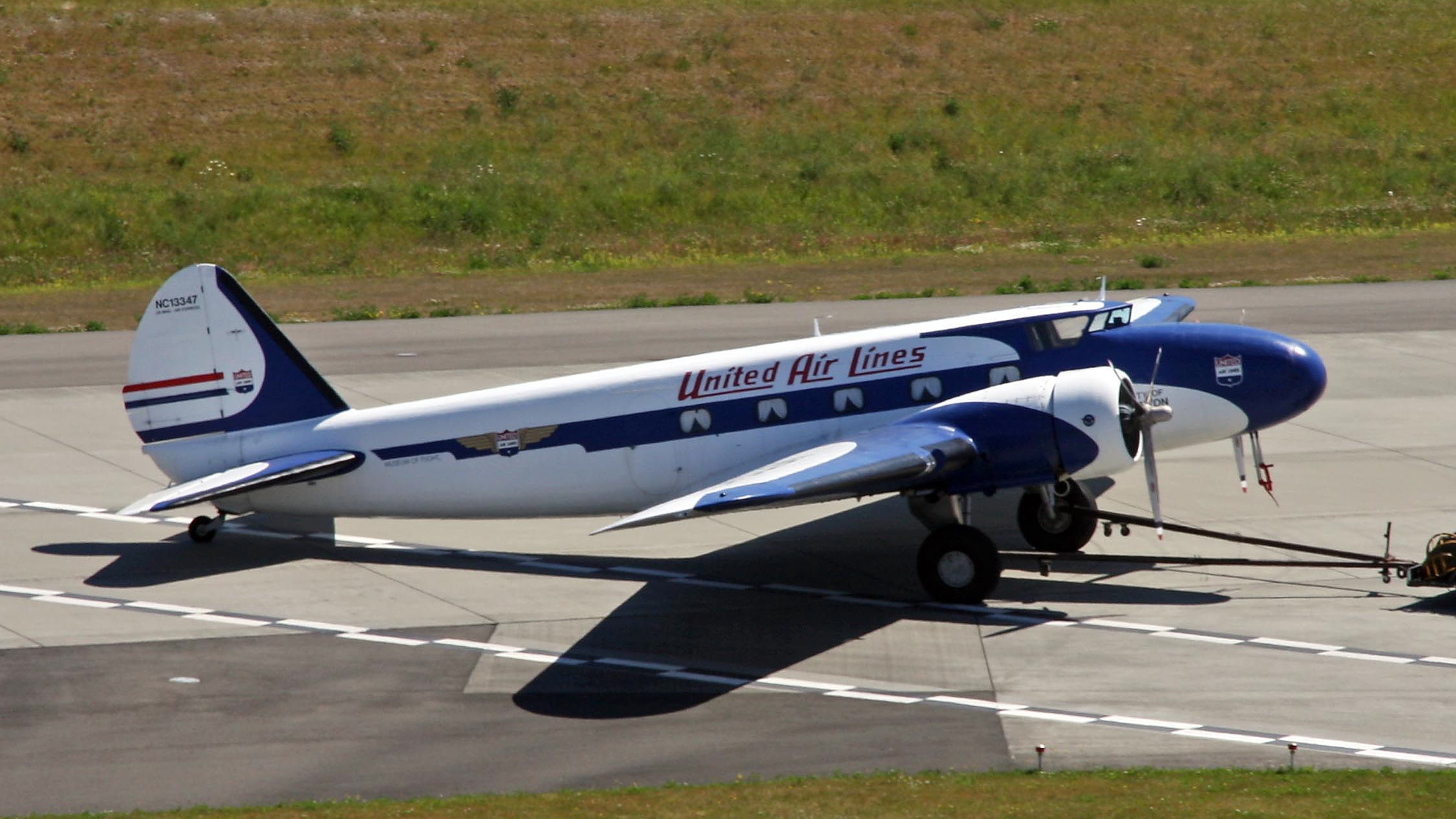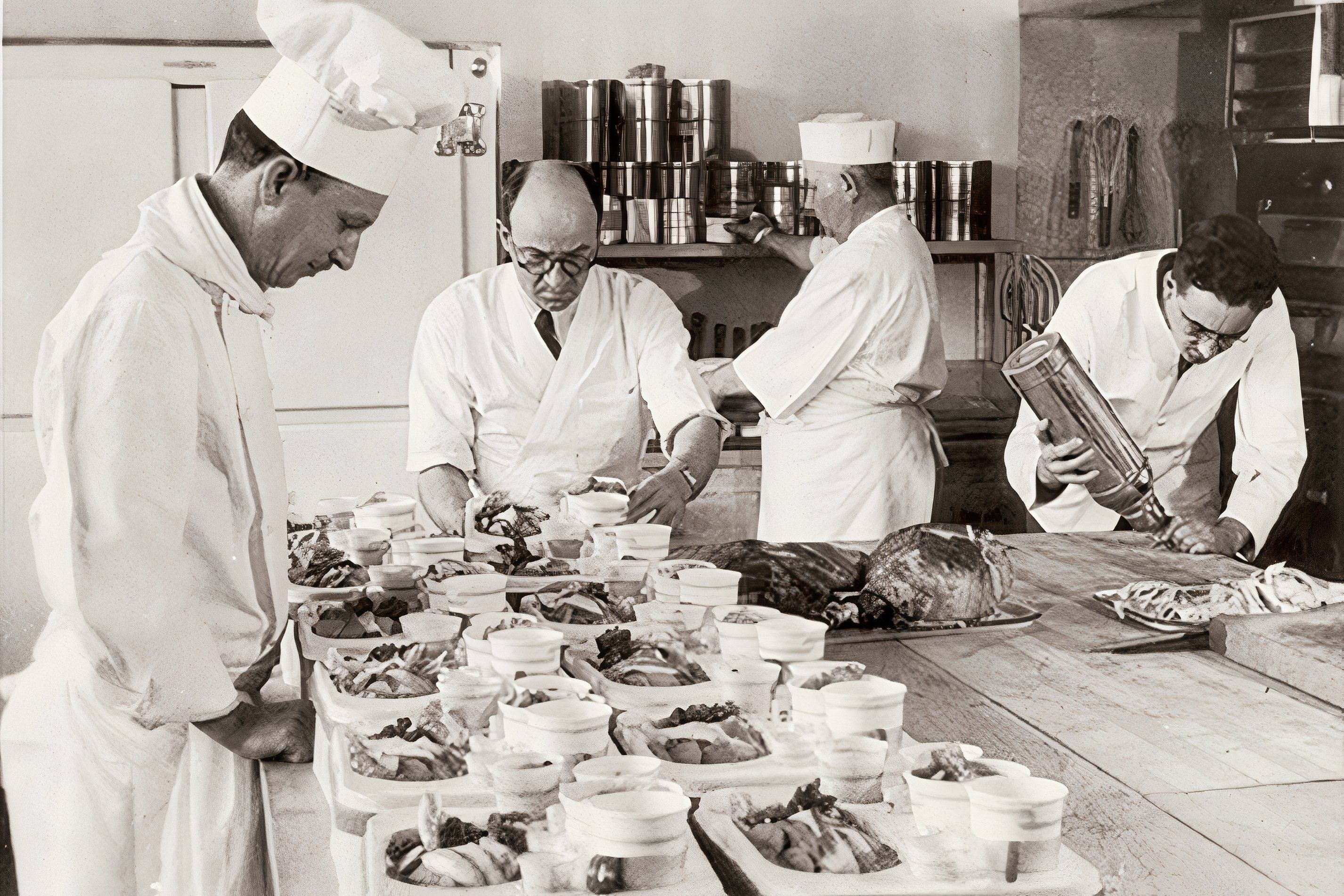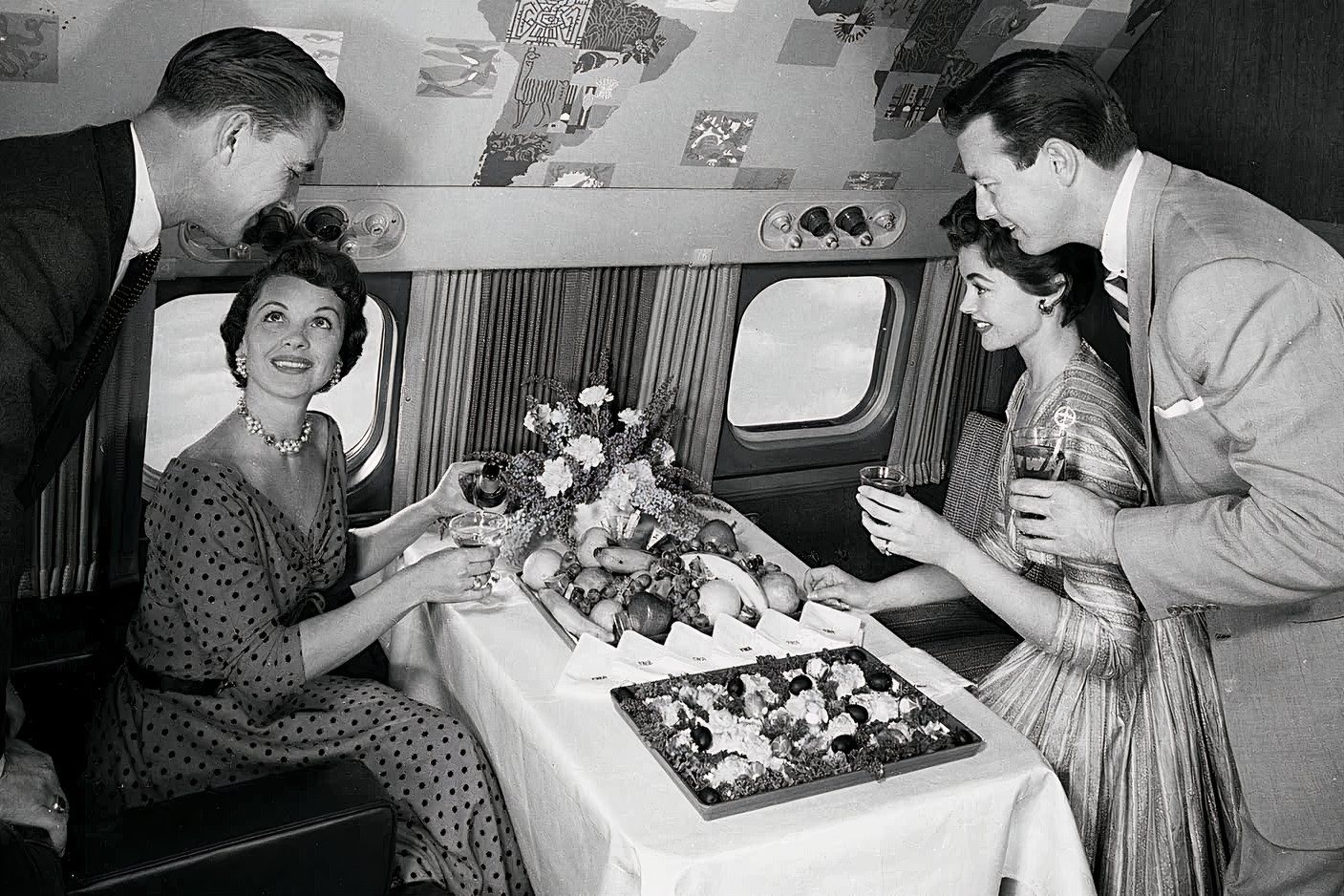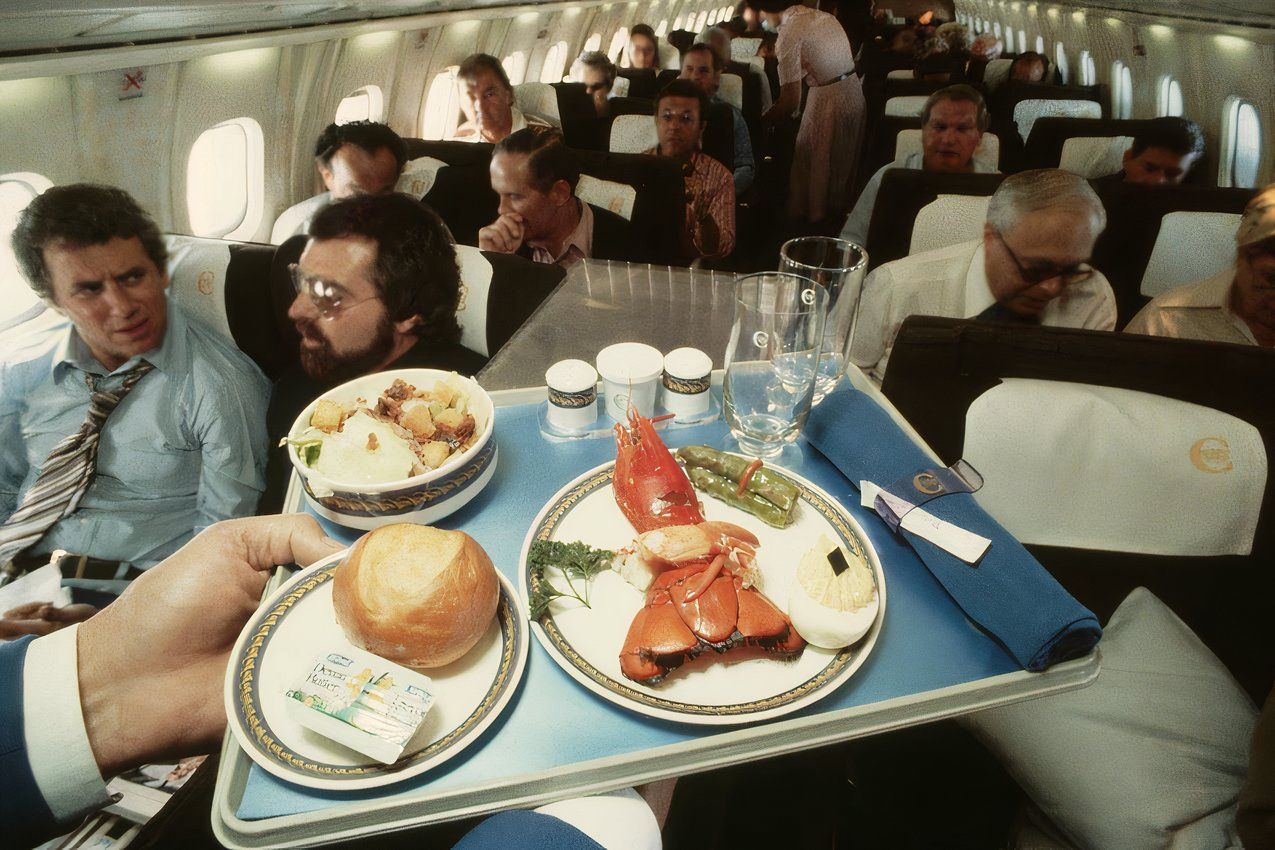Summary
- United Airlines opened the first flight kitchen in Oakland, California, in 1936 to improve in-flight dining experiences.
- It enabled United to provide passengers with hot meals and varying menus on its trans-continental flights.
- It also helped to usher in the golden age of air travel, where United led in terms of in-flight dining.
Inflight meals have transformed dramatically over the years. Most of us these days are accustomed to receiving just a bag of peanuts or cookies, unless we are willing to pay over the odds for a sub-par sandwich made last week. But in the “golden age” of flying, prime rib was carved seat-side while you sipped champagne. And that all started with United Airlines, as it turned to inflight meal experiences to compensate for making a blunder on an aircraft order.
Photo: Richard Foss
The first inflight meals
Handley Page Transport, an airline founded in 1919, served the first inflight meals on its London–Paris route in October of that year. The service was performed by ‘cabin boys’ and cost 3 shillings, the equivalent of about $15 today. It was simple because the aircraft had no means of heating food and consisted of a lunch box with sandwiches and fruit.
The idea caught on, and soon, Daimler Airway (a precursor to Imperial Airways and ultimately British Airways) had a steward to greet boarding passengers with glasses of fruit juice and serve food, cocktails, and hot drinks via thermos flasks. Airlines also took to providing meals and beverages to passengers during refueling stops or connecting flights, often served up in nearby hangars.
United takes the plunge
Across the pond in the 1920s, Western Air Express (the forerunner of Western Airlines) was the first to serve inflight meals in the US onboard its Fokker F-10 aircraft between Los Angeles and San Francisco. United Airlines, which competed on these north-south routes on the West Coast, needed to respond.
United also had another challenge. It had placed an unprecedented $3.5 million order for 60 of the new Boeing 247s, which entered service in 1933. However, a few months later, the DC-3 came out, which was bigger, faster, and favored by passengers, and was being snapped up by competitors like American Airlines and TWA. Since United couldn’t just scrap its brand-new fleet, it had to devise another drawcard to compensate for its smaller and slower aircraft. Its answer was to offer a unique inflight dining experience.
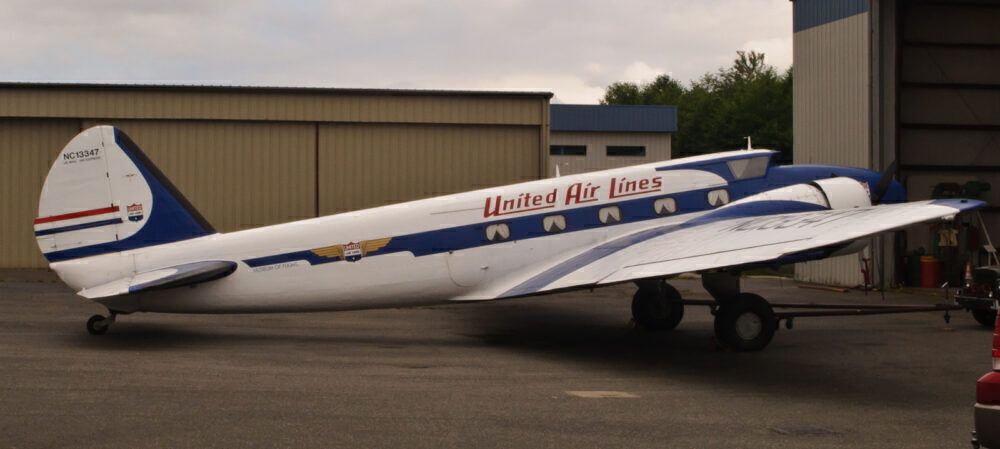
Related
Nine Decades Since Its First Flight: The Story Of The Boeing 247
This historic aircraft helped usher in passenger air travel as we know it.
Opening the world’s first flight kitchen
To enable this unique experience, United opened the world’s flight kitchen in Oakland, California, in 1936. It was strategically placed close to United’s hub in San Francisco to provide fresh meals for transcontinental flights. In line with this, United also installed kitchens aboard its Boeing 247s (and later DC-3s when they were acquired) to assist in preparing the meals.
Photo: United Airlines
The Oakland flight kitchen started with just six employees, preparing 50 to 60 meals daily. The menus were created a month in advance and submitted to headquarters for approval. This was to ensure a variety of offerings so frequent passengers didn’t get the same dishes too often. It was also so United’s marketing department could champion the inflight service and the specific menu items to differentiate its service.
Photo: United Airlines
Innovating inflight meals
The kitchen was a significant step forward in improving the dining experience for passengers and included several innovations:
- Fresh, hot meals: This was the first time that fresh, hot meals were served aboard commercial aircraft, a significant leap forward from the cold, prepacked meals on other airlines.
- International chefs: While the kitchen started small, it rapidly hired chefs from Switzerland, Austria, and France to introduce a variety of international flavors to the menu.
- Research: United invested in considerable research to understand the impact of altitude and cabin pressure on fresh food and adjusted its menus accordingly.
- Packaging: Hot meals were wrapped in heavy paper, placed in a box, and transported to the plane in electrically heated compartments to ensure freshness
- Passenger feedback: United actively sought passenger feedback on its menus and regularly incorporated new dishes based on this.
- Marketing: The kitchen’s menus often included information about the flight kitchens, photographs or drawings of the chefs, and lists of their credentials.
Most importantly, United found a way to create a unique connection with its passengers and provide a genuinely differentiated service. Richard Foss, author of Food in the Air and Space: The Surprising History of Food and Drink in the Skies, puts it best when he says:
“What United realized on the long flights was that the meal was more than just a sustenance; it was a chance for the crew to engage with passengers, to create a special experience of luxury, and take what could be a nerve-wracking experience and turn it into something comforting with fresh food.”
Moving forward with new ideas
The Oakland flight kitchen was so successful that United invested further in additional flight kitchens at its New York, Chicago, and Los Angeles hubs. This allowed United to expand its reputation for providing the best inflight dining experiences and standardize its service across all flights. It even went as far as to produce a book titled Favorite Recipes of Mainliner Chefs, a compilation of recipes that had appeared in the airline’s inflight magazine, and an opportunity to promote its professional chefs and their culinary proficiency.
As competitors stepped up their games, United sought to maintain its lead in the market. Perhaps most striking, from 1953, it ran daily “Executive” flights between Los Angeles and San Francisco and Chicago and New York, essentially a gentlemen’s club with wings. Single malt whiskies and gin martinis combined with the finest Cuban cigars and a full-course steak dinner table served by two stewardesses.
Photo: United Airlines
Alas, extravagant inflight dining experiences are now just a distant memory on trans-continental flights in the US. They are typically reserved only for first class on a few international airlines. United has also moved on. Bowing to cost pressures and the impact of the COVID-19 pandemic, it recently shuttered its five US kitchen facilities and moved all operations to three outsourced suppliers.
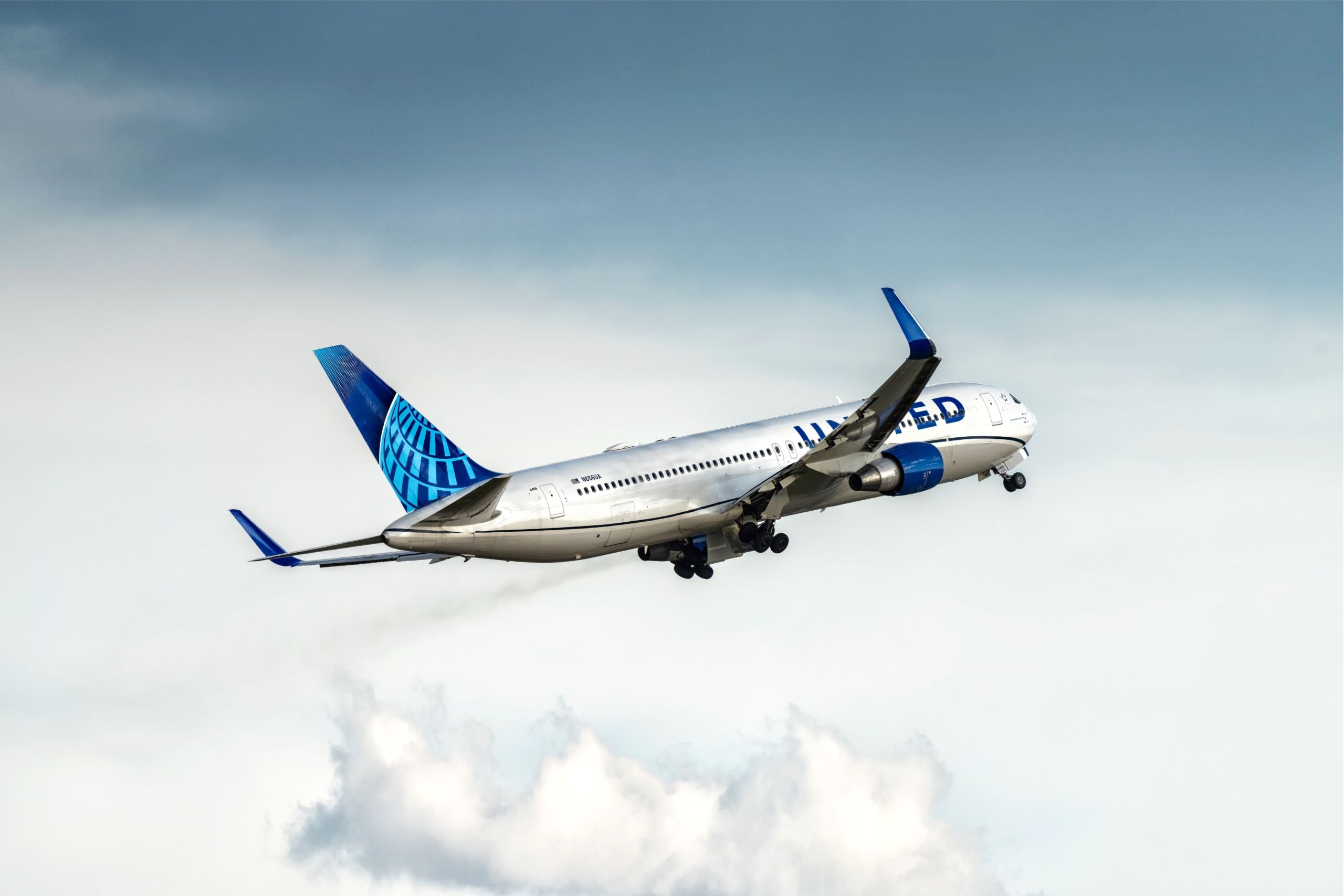
Related
United Airlines Looks To Outsource Its Catering Operation

